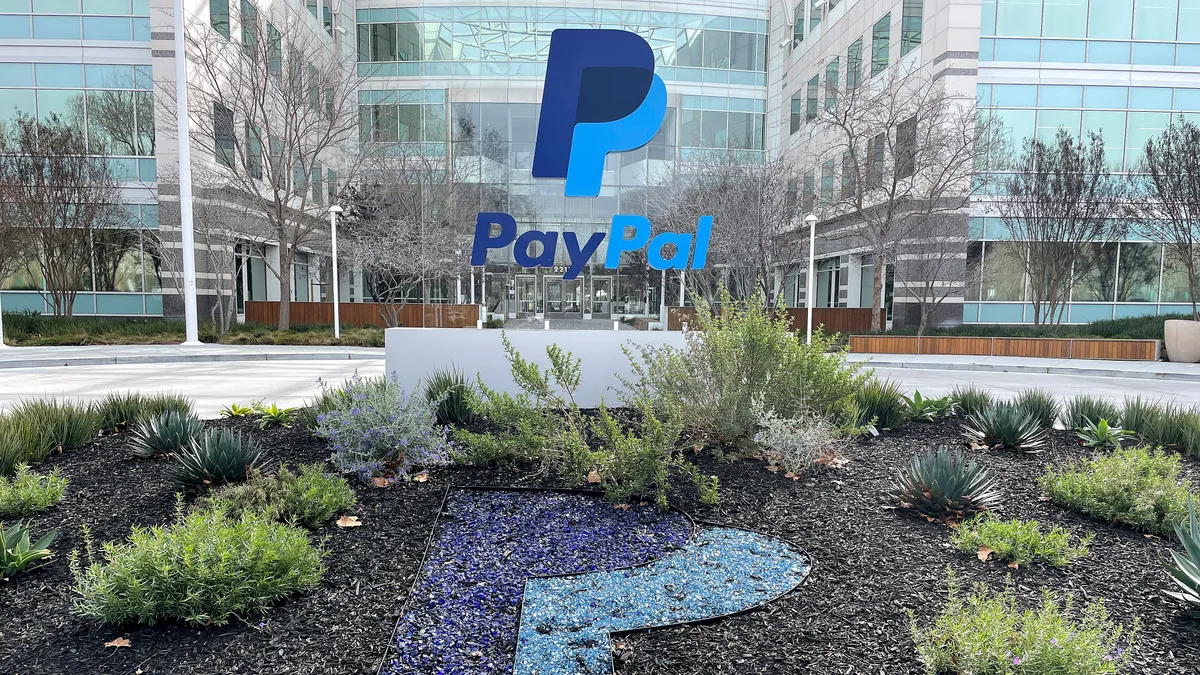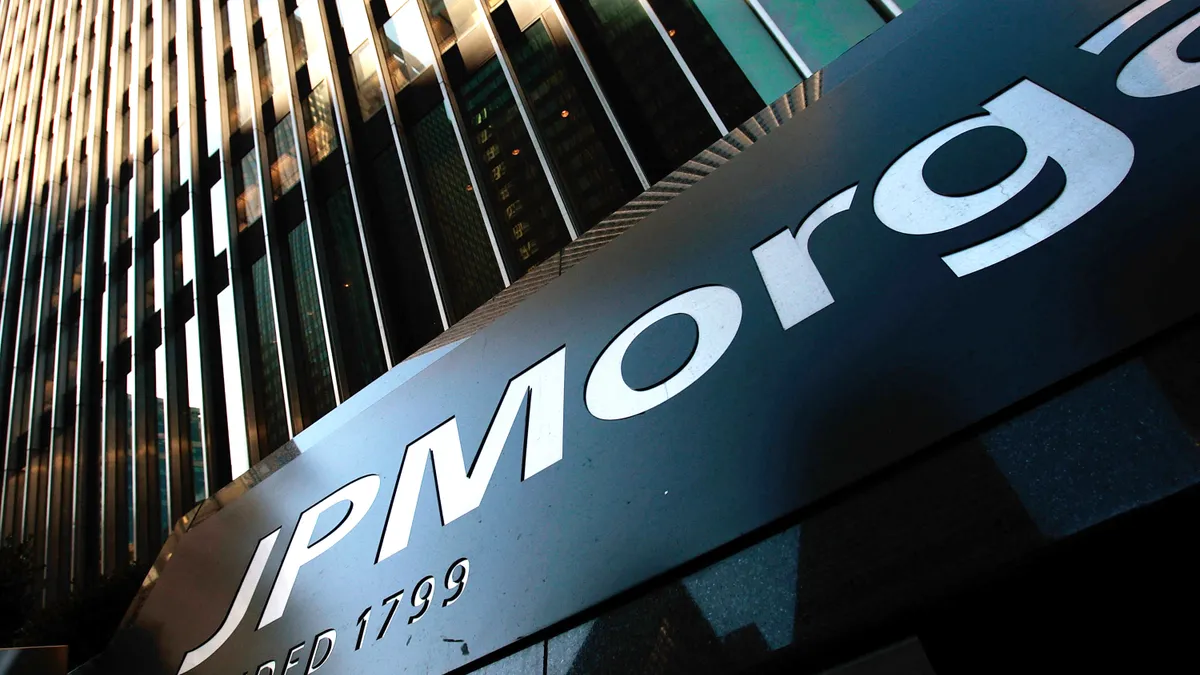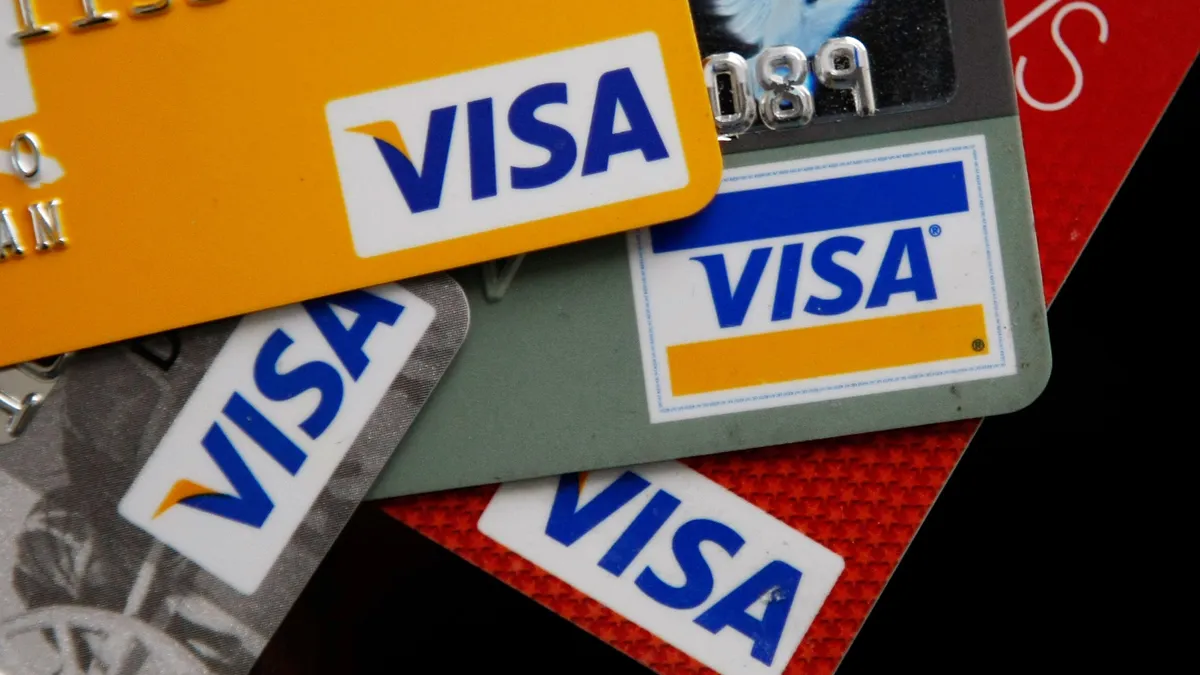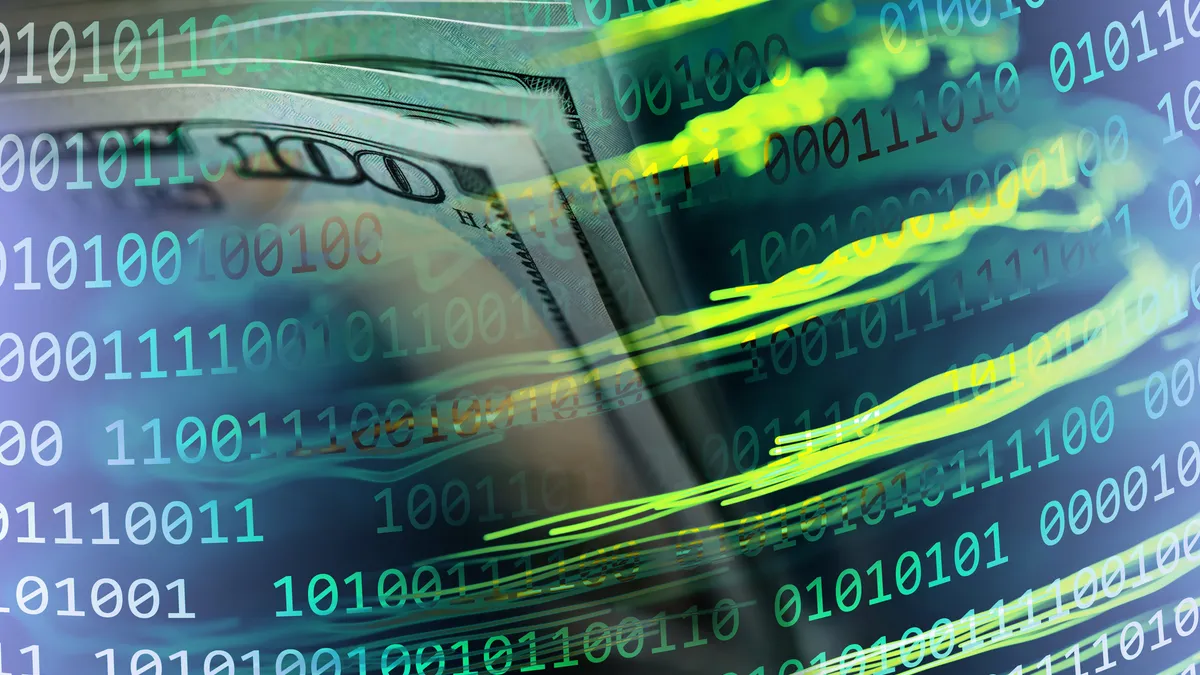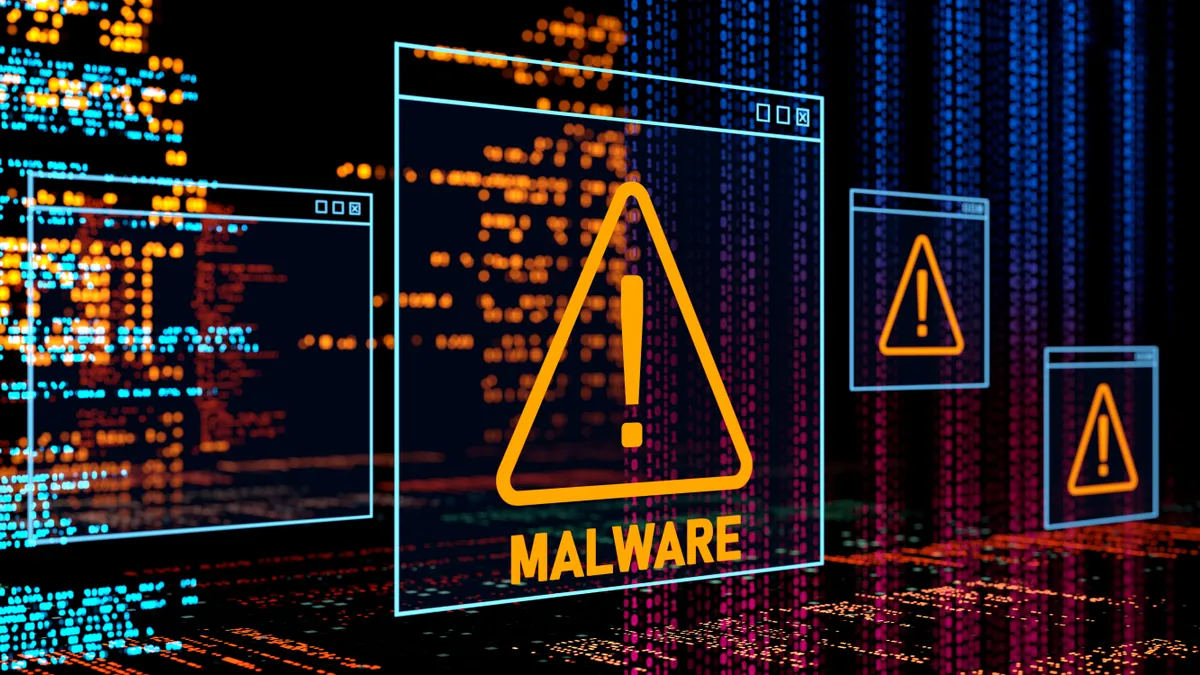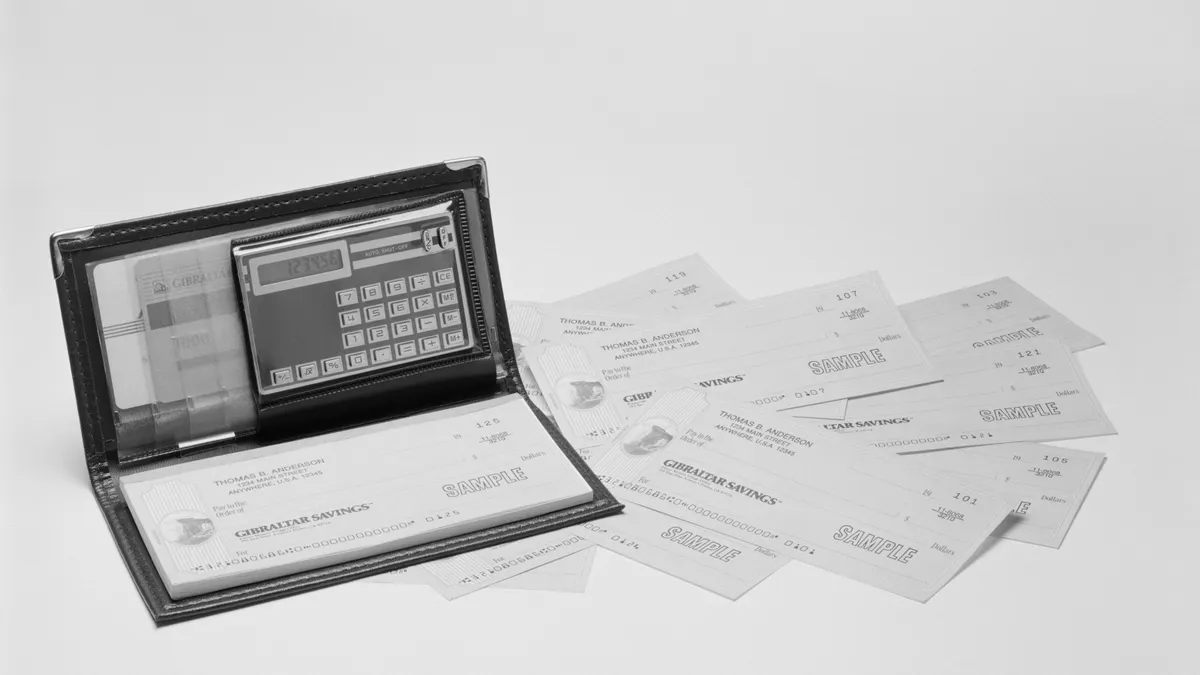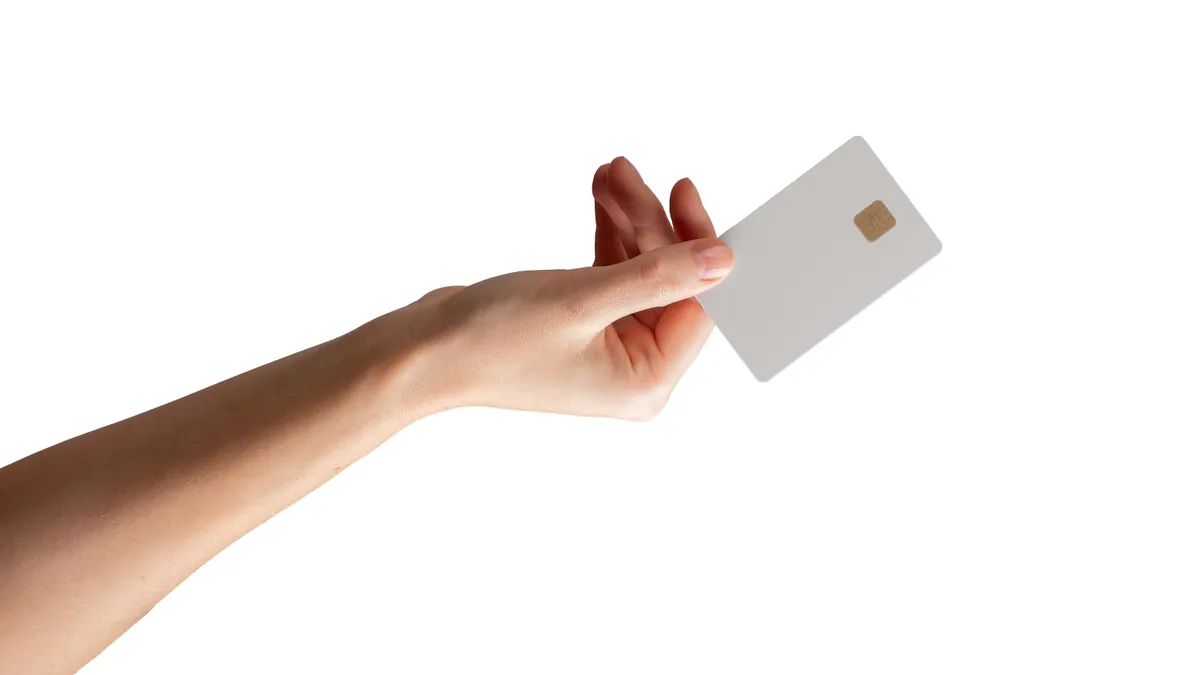Mastercard, PayPal and Payoneer are among the payments players eyeing the potential for stablecoins to advance business-to-business payments.
While consumers around the world led the way in adopting digital payments on their phones and other mobile devices, businesses may lead the way in the use of stablecoins. The value of cryptocurrencies like bitcoin have been volatile, but stablecoins are less so because they’re typically tied to money issued by a government.
Digital payments pioneer PayPal is developing and testing ways to use its own stablecoin, PYUSD, which was established in 2023, and was investigating the market for several years before that launch. Now, it’s finding B2B use cases an attractive way to advance the cryptocurrency and seek to move U.S. payments beyond their legacy rails. Principally, companies see stablecoins as a possible route to lowering costs, especially in cross-border payment situations.
Most of the payments innovation in recent years has been on the front end of the transactions, improving user interfaces, with a few on the backend, such as those related to fraud prevention, but stablecoins offer the possibility of significantly improving the backend of payments, said Jose Fernandez da Ponte, PayPal’s senior vice president of blockchain, crypto, and digital currencies.
“Most of the money still moves around on the old pipes from 50 years ago,” Fernandez da Ponte explained in a January interview. After PayPal began exploring blockchain and protocols for the purposes of using that technology to advance payments, the company quickly realized the prospects, even though it was in a lab setting, he said.
“We were running thousands of transactions per second at a cost that was fractions of a cent, and we knew that it was, again, a lab setting, and in real life it was not going to be that, but it had enough potential to say, ‘Look, even if it is ten times worse than what we are seeing, this could be very, very relevant for a payments company,’” he said.
San Jose, California-based PayPal created Fernandez da Ponte’s team partly because the company determined that “there is a chance that this transforms technology for payments and it’s just too important for us not not to have a horse in that race,” he said. A PayPal spokesperson declined to say when the team was created.
Now, PayPal has used its stablecoin in real-world B2B instances, using it to make two of its own payments last September, one to consulting firm Ernst & Young and another to tech behemoth Google for cloud services. The company also allowed two Xoom remittance partners, one in the Philippines and another in Africa, to settle international transfers last year by way of its stablecoin.
Building out the infrastructure is key to increasing commercial and consumer use of stablecoins, Fernandez da Ponte said. Large enterprise businesses will be the first to use stablecoins for payments, then small and mid-sized businesses will follow suit, with consumers likely to be the last leg of the adoption, he predicted. Theoretically, lower costs and less complex transactions will be the lure.
Mastercard is also investigating stablecoin uses and experimenting with how it might incorporate that cryptocurrency into its business applications. When asked how the card network might use stablecoins in its business during an investor conference last month, Mastercard Chief Financial Officer Sachin Mehra noted a variety of ways the company might provide services “to the stablecoin universe.”
With multiple stablecoin providers, he suggested Mastercard could have a role to play in allowing for interoperability.
“What we’re doing, from a stablecoin and crypto standpoint, is we’re not only dipping our toe in the water, but we’re playing a fairly active role, because we feel like there’s a future to be had here, particularly as it relates to B2B payments,” Mehra said at the conference, noting that he was referring to B2B payments both with respect the domestic as well as the cross-border uses. “We'll continue to stay active in that space.”
As to whether Mastercard would buy or build its way into the stablecoin arena, Mehra said it could be both. “How we do it could be a combination through both organic and inorganic as part of the playbook going forward,” Mehra said. “But I guess I'll say is stay tuned. We're working through that right now. Right now, we're very actively focused on the organic things.”
Payoneer, which caters to business customers, is testing stablecoin integrations and has plans to provide updates later this year on how it’s using the digital assets.
“We’re excited about the potential for stablecoins in cross-border trade,” Payoneer CEO John Caplan said in an interview last month. He noted the company’s business owner relationships in emerging markets as a “powerful place to start” exploring stablecoin possibilities. “We see opportunity there.”
Despite the potential for stablecoin use in B2B instances, there is also significant expense associated with building out the blockchain technology associated with stablecoin use, TreviPay CEO Brandon Spear pointed out during an interview this week.
As an international B2B payments player and invoicing network, TreviPay could also consider stablecoin transactions, but Spear has cost concerns. He doesn’t yet see the technology as beneficial for large volumes of payments, even though it might be smart for high-value transactions, he said.
“The interesting thing about the digital currencies and stablecoins in particular, is that there's a fairly significant processing overhead when they transfer from one party to another,” Spear said.
Even with his doubts though, Spear expects that stablecoin use cases will prove useful in the future.



